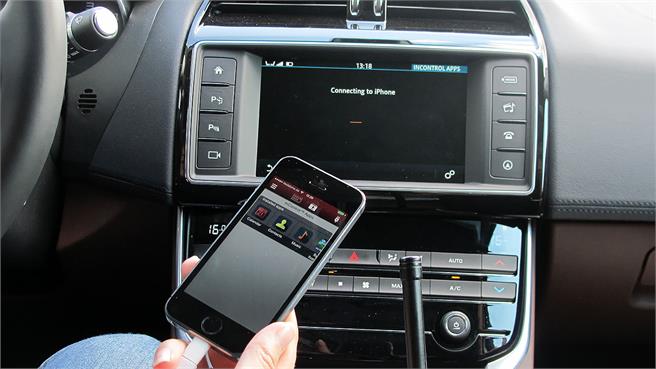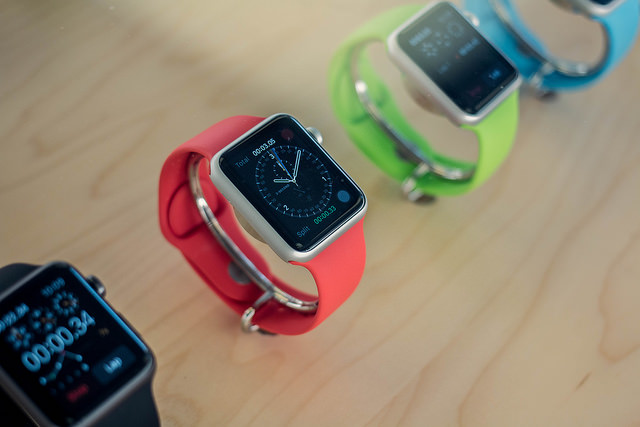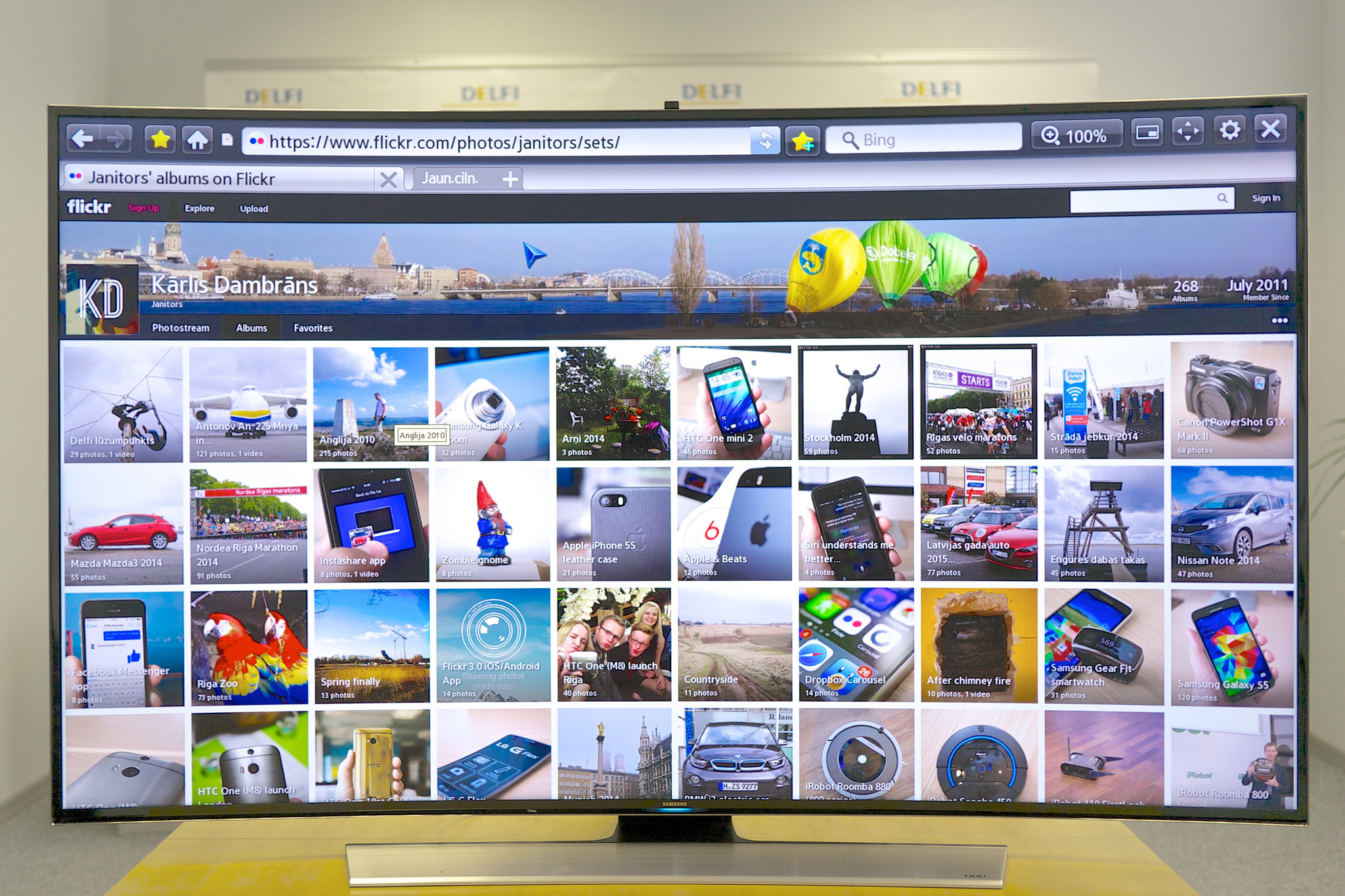 More and more, businesses are entrusting in a group of intelligent solutions we call the Internet of Things (IoT). IoT devices are meant to help boost productivity or better the daily work conditions. Nowadays, almost everything can be connected: from access systems like fingerprint readers and cards, to thermostat or lighting controls, to company cars, and wearable devices, which is why we should be aware of all the risks that accompany them.
More and more, businesses are entrusting in a group of intelligent solutions we call the Internet of Things (IoT). IoT devices are meant to help boost productivity or better the daily work conditions. Nowadays, almost everything can be connected: from access systems like fingerprint readers and cards, to thermostat or lighting controls, to company cars, and wearable devices, which is why we should be aware of all the risks that accompany them.
Although these connected technologies are convenient, most of them are in the initial development phase and are not as secure as they need to be. As they continue to join employees in offices worldwide, we should keep in mind that with the Internet of Things come an endless amount of risks.
As seen in the last Panda malware report, the consulting firm Gartner has discovered that 25% of the future attacks on businesses in 2020 will involve at least one IoT device. For 2016 they predict that there will be 6.4 million of these IoT connected devices (30% more than 2015), and for 2018 they calculate there will be around 11.4 million.
25% of the future attacks on businesses in 2020 will involve at least one IoT device.
In the future, to prevent and protect from these growing risks, the amount invested in security companies will progressively increase, but in the light of Gartner’s predictions, it probably won’t be enough. Seeing that almost 350 million dollars was spent on IT security in 2016, Gartner estimates that in 2018 that number will reach 550 million dollars, at least.
With the Internet of Things, more than just confidential information and company systems are at risk. Now, these devices are becoming increasingly more dangerous because cybercriminals are now threatening the physical safety of workers, leaving them vulnerable to these type of attacks.
Last year, more than 3.4 million intelligent vehicles had “emergency” updates to patch security holes that could have endangered the lives of drivers.
Cybercriminals are now threatening the physical safety of workers, leaving them vulnerable to these type of attacks.
“As digital business blurs the digital and physical worlds, digital breaches result in physical damage”, Dionisio Zumerle, the director of investigation at Gartner, commented in a recent interview. Along with the traditional risks that accompany any kind of device used by company employees (data leaks, ransomware, information theft, etc.), now the risks that come with the Internet of Things are even more alarming: they are endangering the physical integrity of the people who could be affected.
Along with the excitement these innovations bring, these connected gadgets will also bring with them some unfortunate consequences in the coming years.





